The potential difference (VA−VB) between the point A and B in the given figure is

A
+6V
B
+9V
C
−3V
D
+3V
Video Solution
Text Solution
The correct Answer is:B
(b) VB=VA−(2×2)−3−(2×1)⇒VA−VB=9V

|
Topper's Solved these Questions
- CURRENT ELECTRICITYBOOK - A2ZCHAPTER - CURRENT ELECTRICITYEXERCISE - Section - C
1 Videos
- CURRENT ELECTRICITYBOOK - A2ZCHAPTER - CURRENT ELECTRICITYEXERCISE - AIIMS Questions
36 Videos
- CURRENT ELECTRICITYBOOK - A2ZCHAPTER - CURRENT ELECTRICITYEXERCISE - Section B - Assertion Reasoning
28 Videos
- ATOMIC PHYSICSBOOK - A2ZCHAPTER - ATOMIC PHYSICSEXERCISE - Section D - Chapter End Test
30 Videos
- DUAL NATURE OF RADIATION AND MATTERBOOK - A2ZCHAPTER - DUAL NATURE OF RADIATION AND MATTEREXERCISE - Section D - Chapter End Test
30 Videos
Similar Questions
Knowledge Check
The potential difference (VA−VB) between the point A and B as shown in the figure is
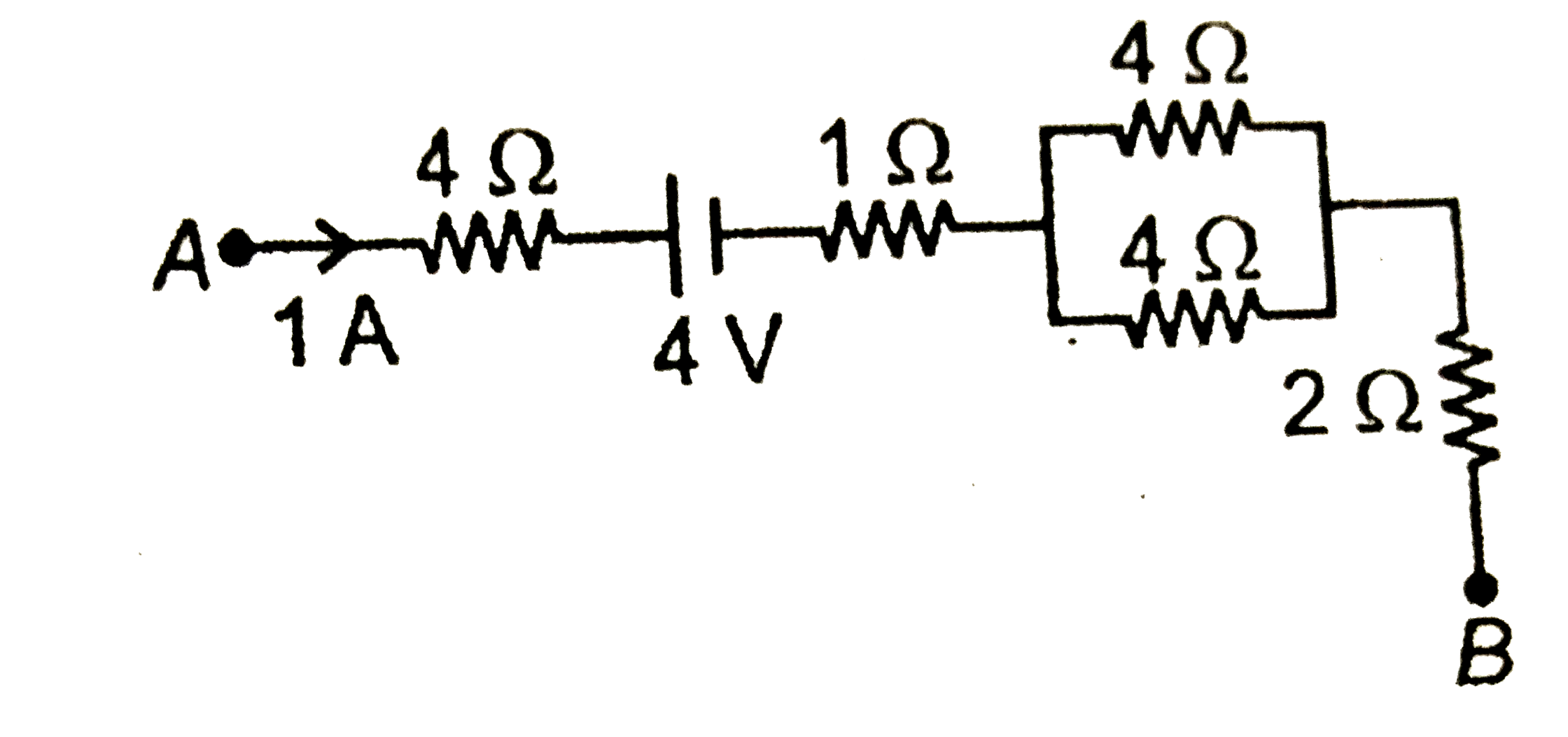 A9VB8VC15VD13V
A9VB8VC15VD13VA battery of e.m.f. 10V is connected to resistance as shown in figure. The potential difference VA−VB between the point A and B is
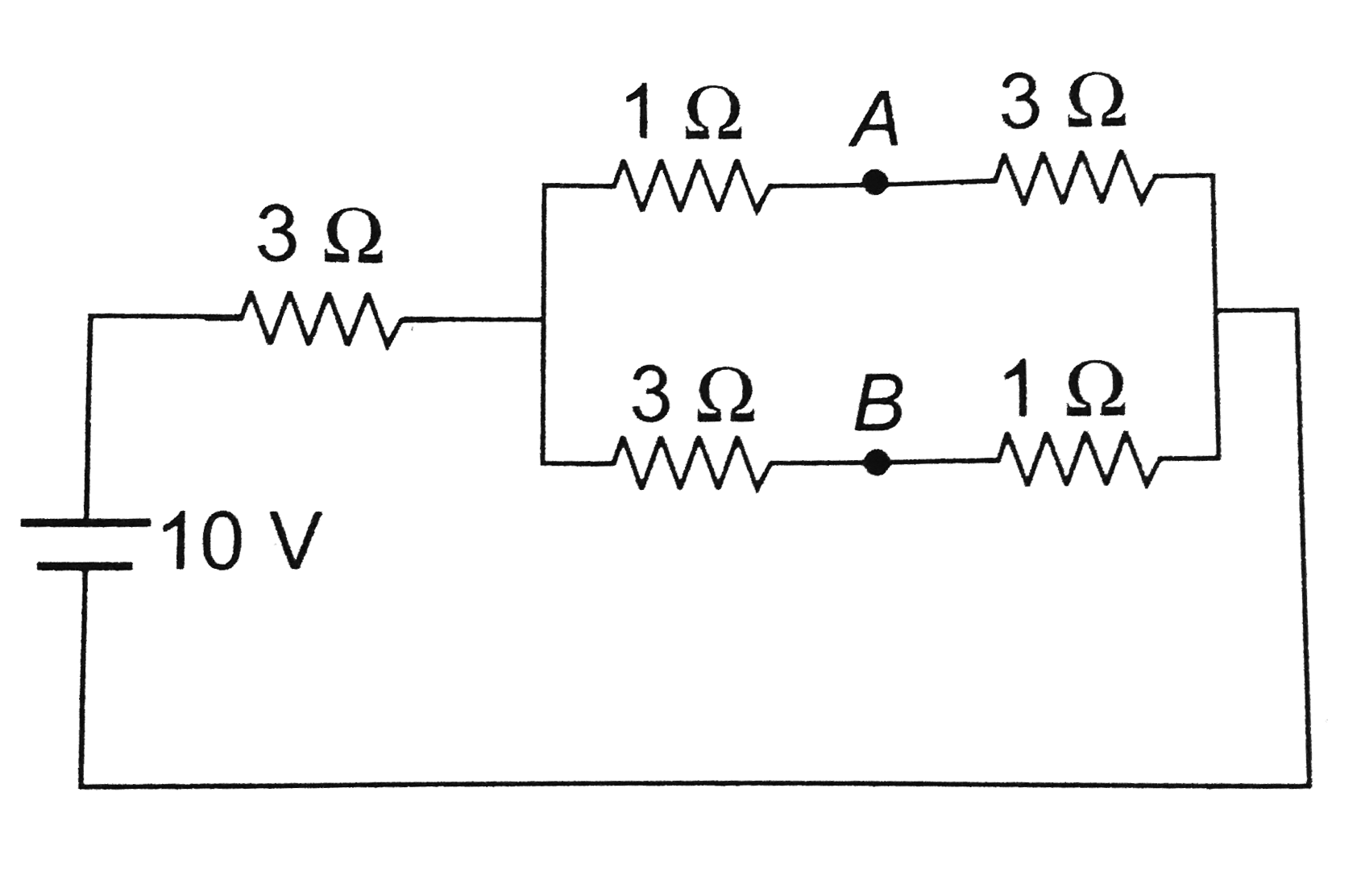 A−2VB2VC5VD2011V
A−2VB2VC5VD2011VThe potential difference VA−VB between points A and B for the circuit segment shown in figure at the given instant is
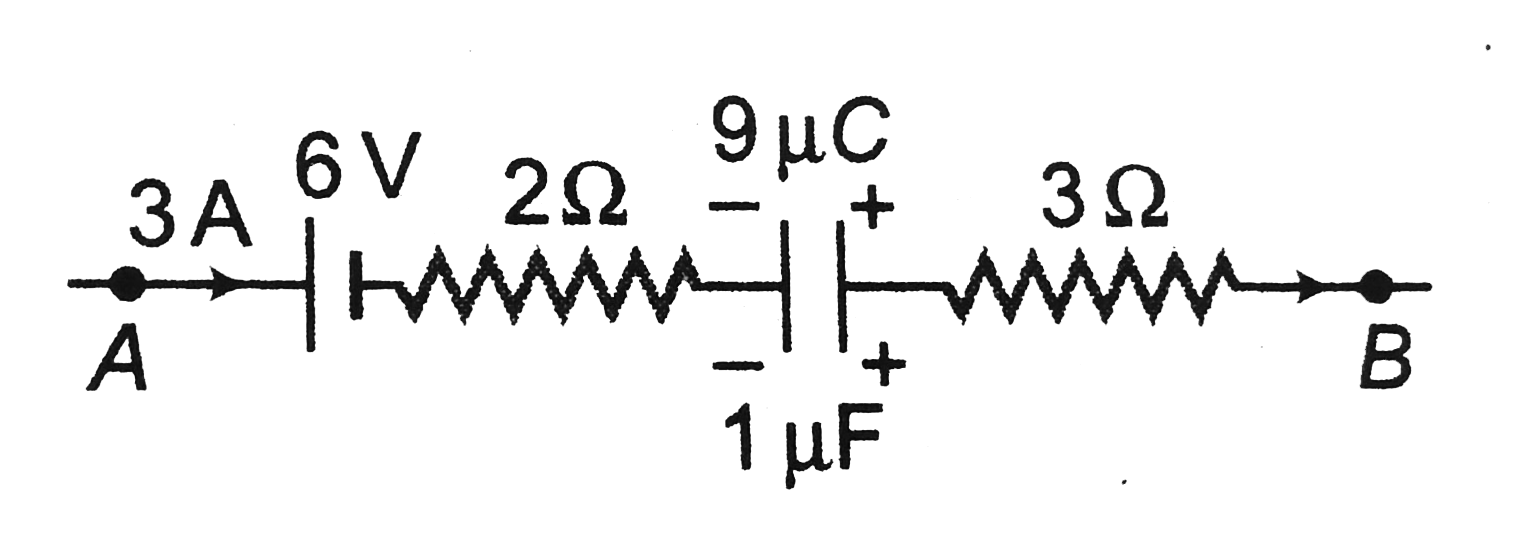 A12VB−12VC6VD−6V
A12VB−12VC6VD−6V
Potential difference VA−VB in the network shown in
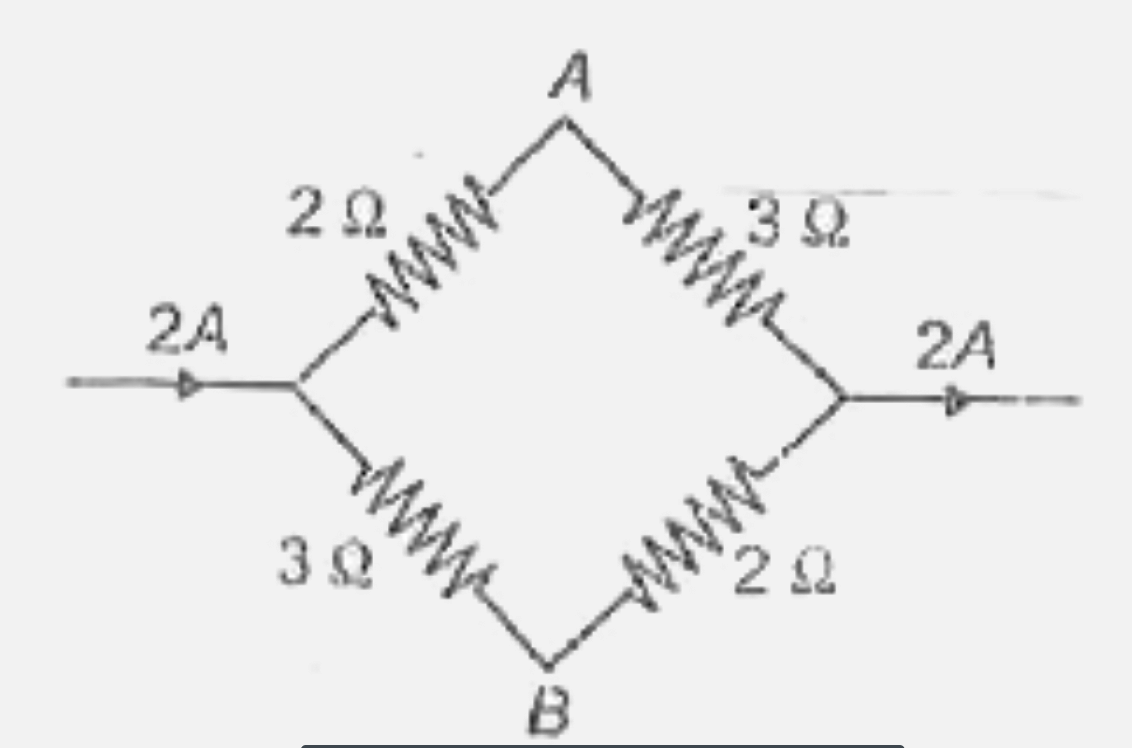
View SolutionThe potential difference (Vp−VQ) between the points P and Q in the part of a circuit as shown in figure is
_PHY_E05_110_Q01.png)
View SolutionFind the potential difference Va−Vb between the points a and b shown in each part of the figure.
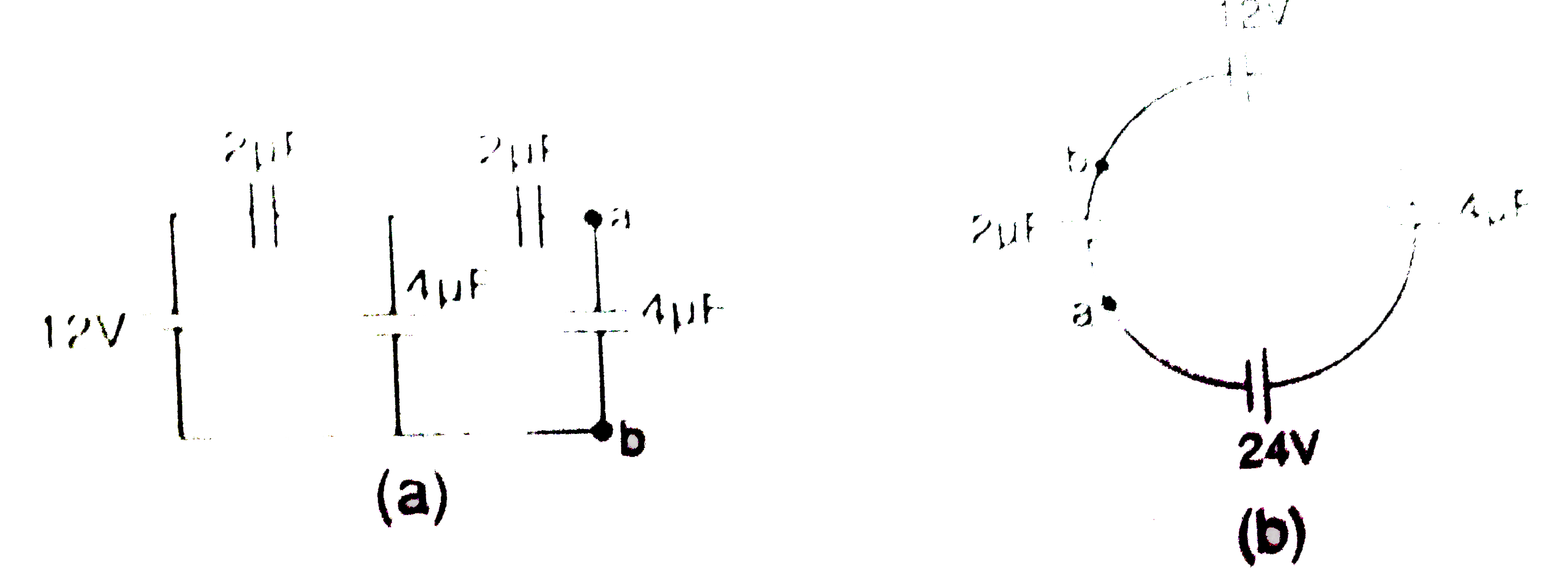
View SolutionFind the potential difference VA−VB between points A and B of the circuit shown in.
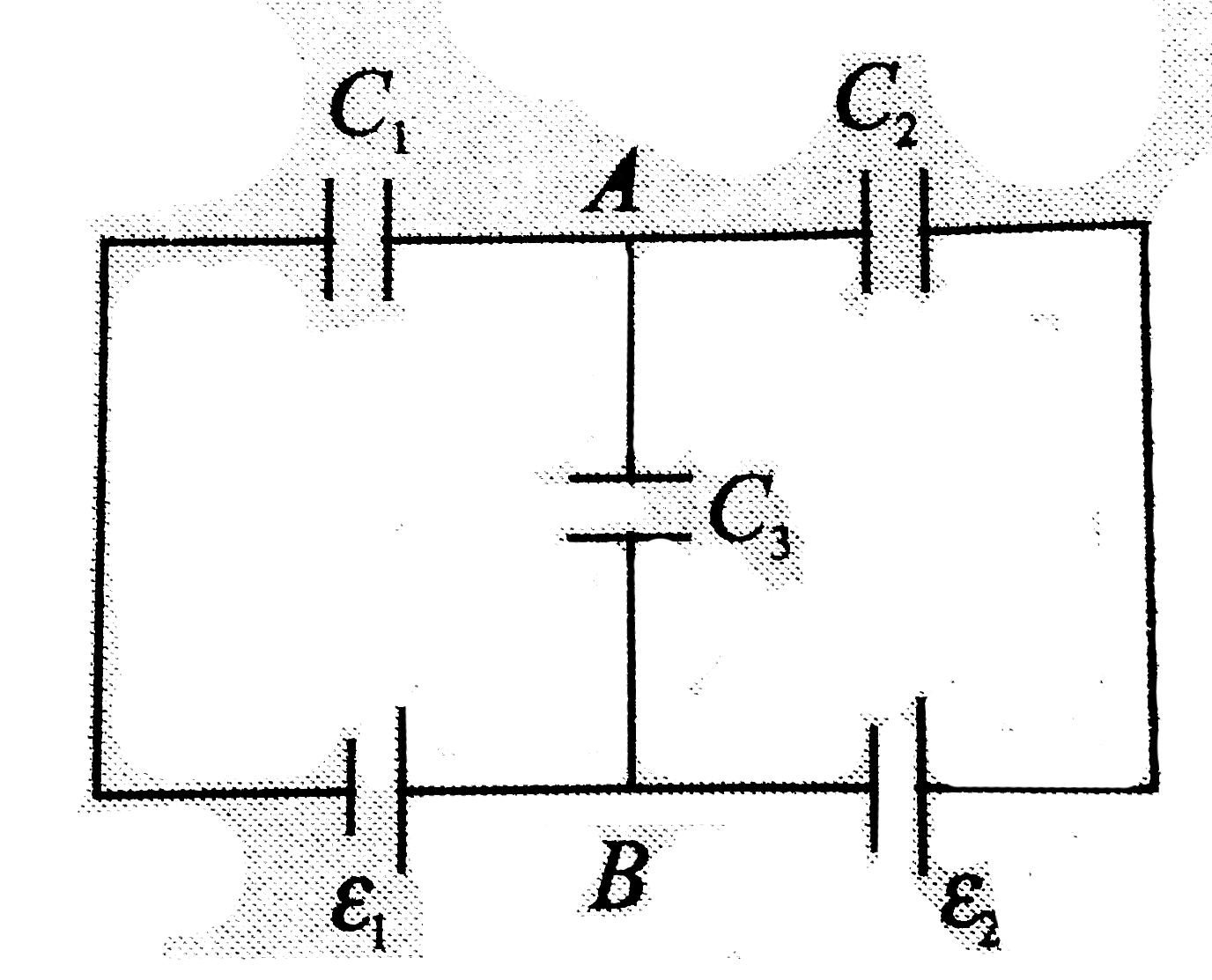 .
.
View SolutionFind the potential difference Va−Vb between the points a and b shown in each part of the figure.
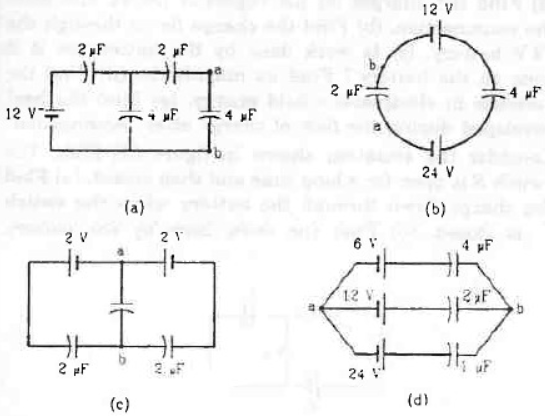
View Solution


_PHY_E05_026_Q01.png)